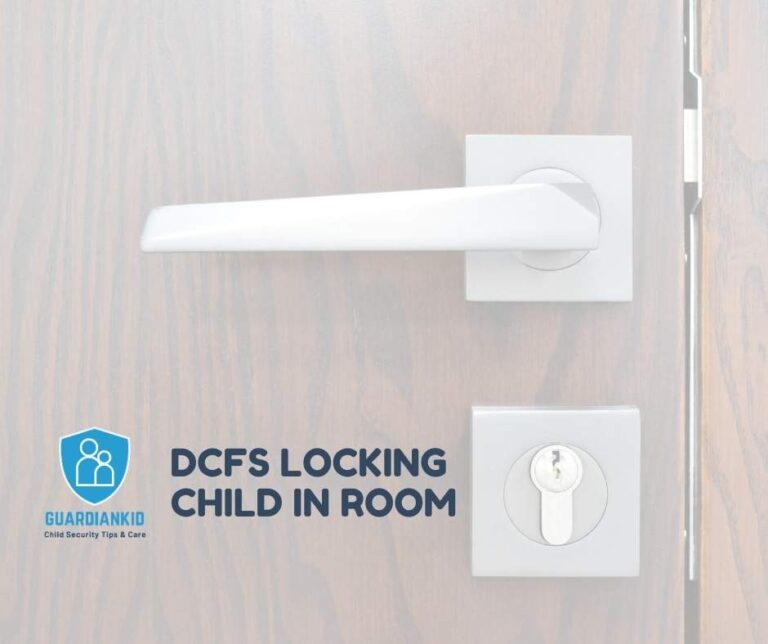Why Do Kids Have Security Blankets?: Comfort and Emotional Support
Kids have security blankets because they provide comfort, a sense of safety, and help them cope with stress. These blankets offer familiarity and emotional support, especially during times of change or when parents aren’t around.
Kids often have security blankets. These blankets make them feel safe. But why do kids need these blankets? Let’s find out!
What Is a Security Blanket?
A security blanket is a comforting object, often a blanket, toy, or piece of cloth, that children hold close to feel safe and calm. It provides emotional support, helping kids cope with stress, fear, or changes in their environment.
Why Do Kids Have Security Blankets?
- Feeling Safe: Security blankets make kids feel safe by providing a soft, familiar object that offers reassurance.
- Comfort: Hugging a security blanket can comfort children when they are sad or scared, helping them feel better.
- Routine: Security blankets are often part of a child’s daily routine, used during sleep or when they are upset, adding consistency to their lives.
- Smell: The familiar smell of a security blanket reminds children of home and family, providing a sense of comfort and security.
- Independence: Carrying a security blanket helps kids feel more independent and brave, as it offers them comfort in unfamiliar situations.
History of Security Blankets
Security blankets have been around for centuries. Historically, children have clung to special items for comfort, offering them reassurance in uncertain times. The concept became widely recognized in the 20th century and remains a key part of childhood today
The Science Behind Security Blankets
Experts have studied the role of security blankets in child development and found that these comforting objects play a significant role in helping children feel calm and secure. Here’s a look at the science behind security blankets:
- Attachment Theory: According to attachment theory, children form strong emotional bonds with their parents. When parents are not present, a security blanket acts as a substitute, helping the child feel connected and secure.
- Transitional Objects: Security blankets are known as transitional objects. They help children transition from one stage to another, such as moving from the comfort of being with their parents to being alone. These objects provide a sense of continuity and security during times of change.
- Stress Relief: Research shows that security blankets can help reduce stress in children. When a child is stressed, hugging their blanket can lower their stress levels, providing emotional comfort and helping them cope with anxiety.
How To Choose A Security Blanket
Selecting the right security blanket is important for your child’s comfort and safety. Here are some tips to help you choose the best one:
- Soft Material: Opt for a blanket made from soft, cozy material. Children are drawn to soft textures that make them feel comfortable and secure.
- Easy To Clean: Choose a blanket that is easy to clean. Since kids often carry their blankets everywhere, it’s essential that it can be easily washed and dried to maintain hygiene.
- Safe: Safety should be a top priority. Ensure the blanket has no small parts that could pose a choking hazard and that it’s made from non-toxic materials.
- Size: Pick a blanket that is the right size—small enough for your child to carry around, but big enough to provide comfort. A well-sized blanket will be both portable and effective in offering reassurance.
How to Help Your Child with Their Security Blanket
As a parent, you can help your child with their security blanket. Here are some tips to help you.
- Encourage Use: Encourage your child to use their blanket. It helps them feel safe and secure.
- Create A Routine: Include the blanket in your child’s routine. This helps them feel more comfortable.
- Be Patient: Be patient with your child. They may need their blanket for a long time. This is normal and okay.
- Gradual Transition: Help your child gradually let go of their blanket. As they get older, they may need it less. You can help them by slowly reducing the time they spend with it.
When to Worry
Most kids eventually outgrow their security blankets. But, there are times when you might need to worry. Here are some signs to look out for.
- Over-reliance: If your child can’t do anything without their blanket, it might be a problem. They should be able to do some things without it.
- Social Impact: If the blanket is affecting your child’s social life, you might need to intervene. They should be able to play and interact with others without it.
- Age: If your child is much older and still needs their blanket, it might be time to talk to a doctor. They can help you understand why your child still needs it.
Security blankets are important for kids. They help them feel safe, comforted, and secure. Understanding why kids have security blankets can help parents support their children better.
Remember, every child is different. Some may need their blanket for a longer time. And that’s perfectly okay!
FAQs
| Question | Answer |
|---|---|
| What is a security blanket? | A special item kids hold to feel safe and calm. |
| Why do kids need security blankets? | To feel safe, comforted, and secure. |
| What is Attachment Theory? | A theory explaining kids form bonds with parents. |
| What are transitional objects? | Items like blankets that help kids transition stages. |
| How to choose a security blanket? | Look for soft, cleanable, safe, and right-sized blankets. |




